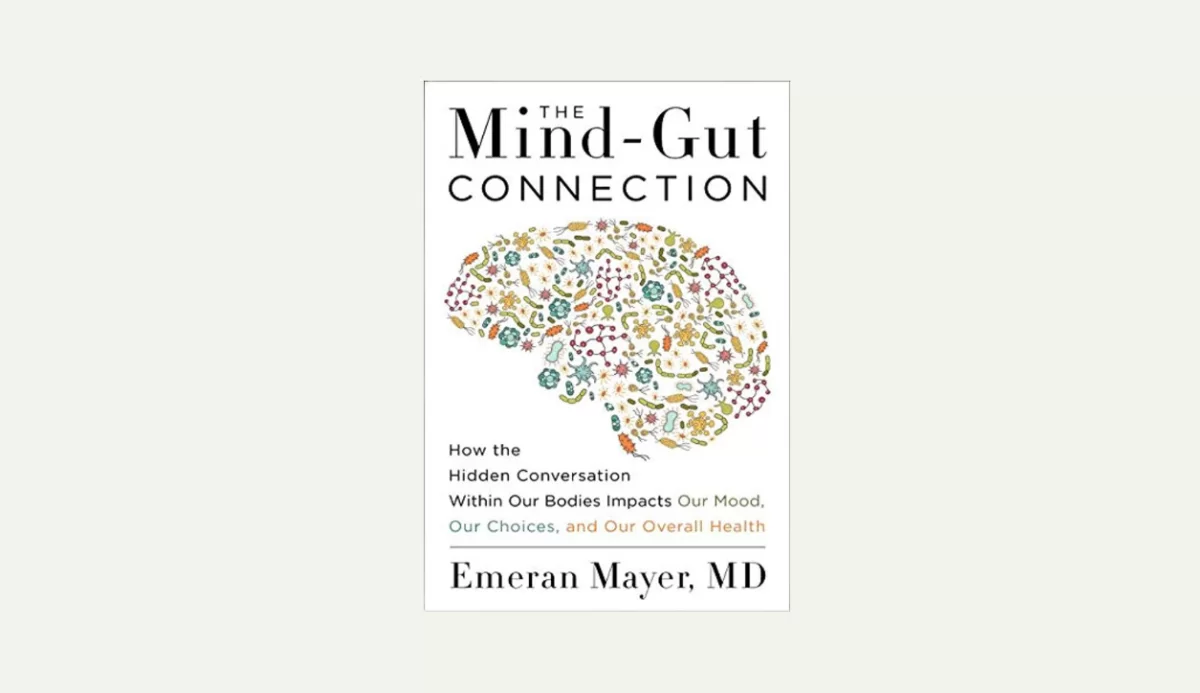
You’ve probably caught yourself thinking “I can’t stand people who always interrupt others” — only to realize later that you, well, do exactly that during heated conversations. That uncomfortable moment when you spot your own flaws reflected in someone else? That’s your shadow talking, and it’s actually pointing you toward some of the most transformative personal work you’ll ever do. These nine shadow work exercises will help you stop running from those darker aspects of yourself and start embracing them as gateways to authentic growth.
The Mirror Exercise: Identifying Your Triggers and Projections

When you find yourself inexplicably irritated by someone’s behavior—whether it’s your coworker’s constant interrupting, your partner’s way of chewing, or that friend who always seems to humble-brag on social media—you’re actually being handed a golden opportunity to peek into your own psychological basement. This phenomenon, called projection, occurs when we unconsciously attribute our own repressed traits to others: it’s your psyche’s sneaky way of showing you what you’ve buried.
Next time someone triggers you, pause and ask, “What aspect of this behavior do I recognize in myself?” Maybe that interrupting coworker reflects your own unacknowledged need for attention, or perhaps your friend’s humble-bragging mirrors your secret desire for validation. These emotional reactions are breadcrumbs leading straight to your shadow—collect them wisely.
Dialogue With Your Inner Critic
That harsh voice inside your head—the one that whispers “you’re not good enough” when you’re about to take a risk, or screams “everyone thinks you’re an idiot” after you stumble over words in a meeting—isn’t actually trying to destroy you, though it certainly feels that way. Your inner critic developed as a protective mechanism: it’s trying to keep you safe from rejection, failure, and social exile by making you hyper-aware of potential threats to your reputation.
Here’s how to transform this relationship: grab a journal and literally write out a conversation with your critic. Ask it what it’s trying to protect you from, then acknowledge its concerns while setting boundaries. When you treat your inner critic as a misguided ally rather than an enemy, you reclaim your power.
Exploring Your Disowned Qualities Through Others
Every person who triggers an intense emotional reaction in you—whether it’s rage at your micromanaging boss, disgust at that attention-seeking coworker, or inexplicable irritation toward your overly cheerful neighbor—is holding up a mirror to parts of yourself you’ve banished to the psychological basement.
This phenomenon, called projection, reveals your disowned qualities: traits you’ve rejected in yourself that now appear magnified in others. The intensity of your reaction directly correlates with how much you’ve suppressed these same characteristics.
Try this exercise: identify someone who really gets under your skin, then ask yourself where you exhibit similar behaviors—even in microscopic doses.
- Notice which personality traits make you cringe in others
- Track your emotional reactions to different people throughout the week
- Question why certain behaviors feel so personally offensive to you
The Golden Shadow: Reclaiming Your Hidden Gifts

While shadow work often focuses on the darker traits we’ve rejected, there’s another side to this psychological coin that’s equally transformative: the golden shadow, which contains all the positive qualities you admire in others but can’t see in yourself.
You know that colleague whose confidence commands every room? That friend who effortlessly creates beautiful art? These aren’t just random people you admire—they’re mirrors reflecting your own disowned brilliance back at you. Jung called this projection, and here’s the kicker: you can only recognize qualities that already exist within you, even if they’re buried deeper than your high school yearbook.
Try this exercise: list three people you genuinely admire, then identify their specific qualities that captivate you. Those traits? They’re knocking on your door, waiting for permission to emerge.
Childhood Wound Mapping
This isn’t about blaming your parents—trust me, we’ve all got our stories. It’s about reclaiming the energy you’ve been unconsciously spending on old pain.
- Draw a timeline of your first ten years, marking moments when you felt shame, rejection, or betrayal
- Identify the survival strategies you developed—people-pleasing, perfectionism, or emotional shutdown
- Notice how these childhood adaptations still control your adult decisions and relationships
Active Imagination With Shadow Figures

Once you’ve mapped those childhood wounds, you’re ready to have actual conversations with the parts of yourself you’d rather pretend don’t exist—and yes, I know how absolutely bonkers that sounds until you try it. Active imagination, Jung’s brainchild, involves creating a mental dialogue with your shadow figures: those angry, jealous, or power-hungry aspects you’ve disowned.
Picture yourself in a safe space—maybe your childhood bedroom or a forest clearing—then invite that critical voice or controlling part to appear as a character. Ask what it wants, why it’s so pissed off, what it’s trying to protect. The goal isn’t elimination; it’s integration, understanding why these shadow parts developed their strategies for survival and how they can serve your authentic power.
Body Awareness and Emotional Release Work
After you’ve had those mentally exhausting conversations with your shadow figures, your body is probably holding onto some serious emotional residue—think of it like psychic muscle tension that your rational mind can’t just logic away. Your nervous system stores everything: that rage you’ve been “managing,” the grief you’ve intellectualized, the fear you’ve rationalized into submission.
Here’s how to access what’s trapped:
- Breathwork sessions that deliberately trigger emotional releases—not just relaxation breathing, but conscious connected breathing that brings suppressed feelings to the surface
- Body scanning meditation combined with intentional muscle tension and release, focusing on areas where you feel “stuck” or numb
- Movement practices like shaking, dancing, or martial arts that let your body express what words can’t capture
Your body knows things your mind hasn’t caught up to yet.
Dream Analysis for Shadow Integration
While your conscious mind spends the day maintaining socially acceptable facades and carefully curated self-images, your dreaming brain throws all that politeness out the window—serving up raw, unfiltered glimpses of the parts of yourself you’ve been working overtime to ignore.
Dreams become your shadow’s playground, where repressed anger shows up as natural disasters, hidden insecurities manifest as being chased, and disowned desires dance through bizarre scenarios that’d make your therapist raise an eyebrow.
Start keeping a dream journal by your bed—yes, even those weird 3 AM fragments matter. Look for recurring themes, emotional patterns, and characters who trigger strong reactions. That annoying dream figure who keeps showing up? They’re probably reflecting a disowned aspect of yourself.
Research shows dreams help process emotional material your conscious mind can’t handle yet.
The Three Faces Practice: Persona, Shadow, and Authentic Self
Beyond the symbolic language of dreams lies a more direct approach to shadow work—one that involves consciously examining the three distinct versions of yourself you navigate daily. Your persona represents who you present to the world: polished, acceptable, strategically curated. Your shadow contains everything you’ve rejected or hidden—those messy, uncomfortable truths that make you squirm. Between them sits your authentic self: the integrated version that acknowledges both light and darkness.
This practice involves deliberately switching between these three perspectives during self-reflection, asking: “What would my persona say? What does my shadow whisper? What does my authentic self know?” It’s uncomfortable—I’ve caught myself cringing at my shadow’s brutal honesty—but this triangulation reveals blind spots that single-perspective thinking misses.
- Feel the relief of dropping your carefully constructed mask in private moments
- Experience the raw power of acknowledging your forbidden desires and rejected aspects
- Discover the freedom that comes from integrating all parts of yourself into authentic wholeness
Conclusion
You’ve got nine powerful tools now—use them like a curious explorer, not a ruthless judge. Shadow work isn’t about becoming perfect; it’s about becoming whole, messy bits and all. Start with whichever exercise called to you most strongly: that’s your psyche giving you a breadcrumb trail. Recall, this journey takes time—be patient with yourself as you peel back layers you’ve spent years carefully constructing.





Leave a Reply